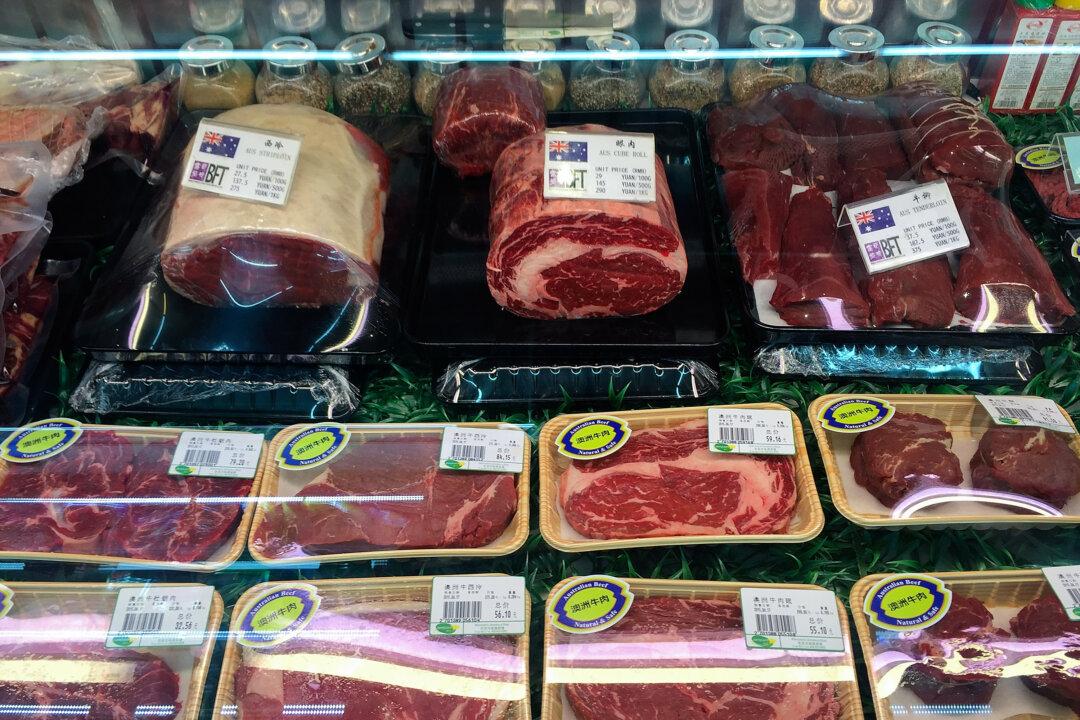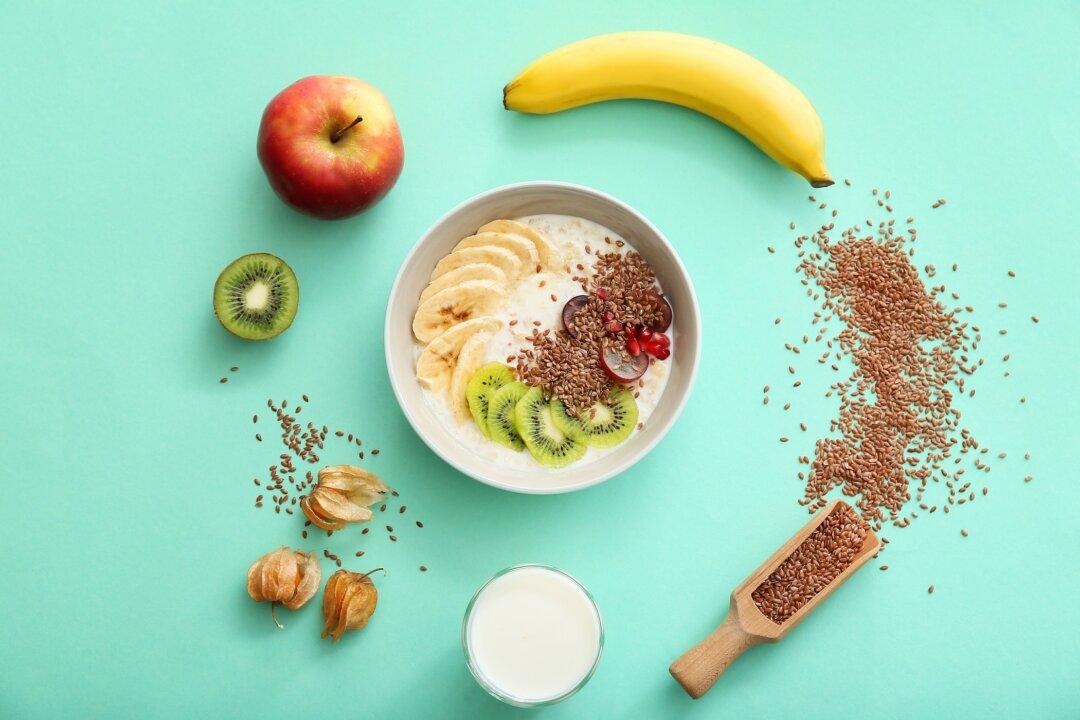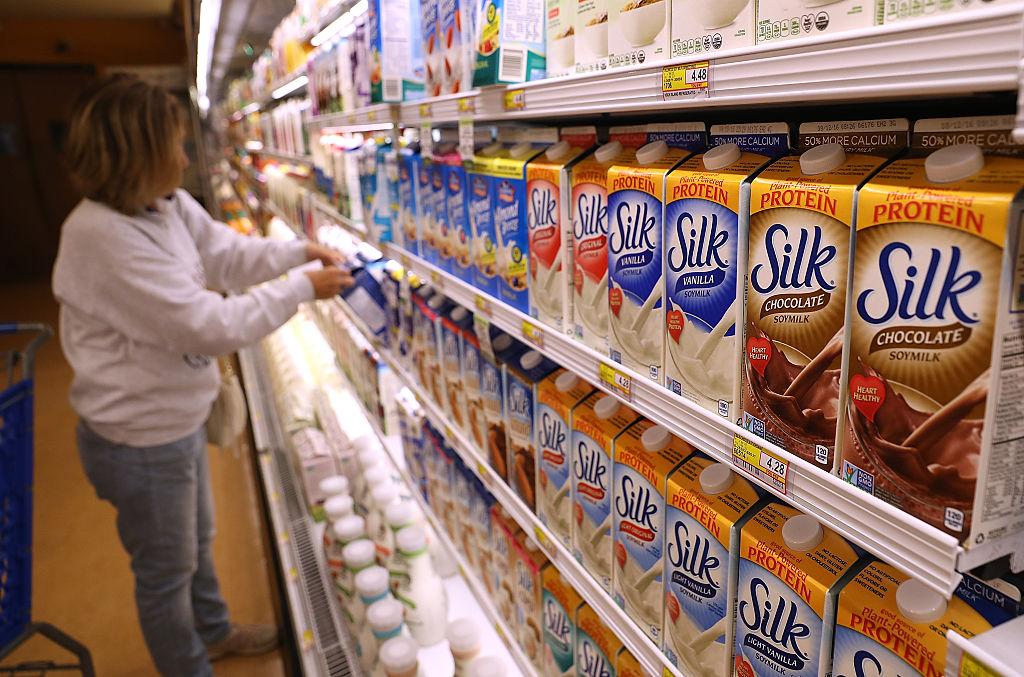Cholesterol is a primary cause of atherosclerosis, but TMAO appears to accelerate the process. Research led by Stanley Hazen, an endocrinologist and head of preventive cardiology and cardiac rehabilitation at the Cleveland Clinic in Ohio, tells us TMAO appears to increase the ability of inflammatory cells within the atherosclerotic plaque in the artery walls to bind to bad LDL cholesterol. This can make the cells more prone to gobble up cholesterol.
The findings provide researchers important insight on how cholesterol causes heart disease.
TMAO does more than worsen atherosclerosis, contributing to strokes and heart attacks. It also contributes to heart and kidney failure, note researchers at the Cleveland Clinic. If you look at diabetics after a heart attack, a really high-risk group, nearly all who started out with the most TMAO in their bloodstream went on to develop heart failure within 2,000 days, or about five years. In comparison, only about 20 percent of those starting out with medium TMAO levels in the blood went into heart failure and none at all in the low TMAO group.
So, those with heart failure have higher levels of TMAO than controls, and those with worse heart failure have higher levels than those with lesser stage heart disease. If you follow people with heart failure over time, as researchers in Norway did, within six years, half of those who started out with the highest TMAO levels were dead. This finding has since been replicated in two other independent populations of heart failure patients.
The question is, why? It’s probably unlikely to just be additional atherosclerosis, since that takes years. For most who die of heart failure, their heart muscle just conks out or there’s a fatal heart rhythm. Maybe TMAO has toxic effects beyond just the accelerated buildup of cholesterol.
What about kidney failure? People with chronic kidney disease are at a particularly “increased risk for the development of cardiovascular disease,” notes Wilson Tang (Cleveland Clinic) in the Journal of the American Society of Nephrology.
The cause is thought to be because of a diverse array of uremic toxins. These are toxins that would normally be filtered out by the kidneys into the urine but may build up in the bloodstream as kidney function declines. When we think of uremic toxins, we usually think of the toxic byproducts of protein putrefying in our gut, which is why specially formulated plant-based diets have been used for decades to treat chronic kidney failure. Indeed, those who eat vegetarian diets form less than half of these uremic toxins.
Those aren’t the only uremic toxins, though. TMAO, which, as we’ve discussed, comes from the breakdown of choline and carnitine found mostly in meat and eggs, may be increasing heart disease risk in kidney patients as well.
How TMAO seems to down-regulate reverse cholesterol transport, meaning it subverts our own body’s attempts to pull cholesterol out of our arteries, according to research done in France and Federal Fluminense University in Brazil.
And, indeed, the worse our kidney function gets, the higher our TMAO levels rise, and those elevated levels correlate with the amount of plaque clogging up their arteries in their heart. But once the kidney is working again with a transplant, your TMAO levels can drop right back down. So, TMAO was thought to be a kind of biomarker for declining kidney function—until a paper was published from the Framingham Heart Study, which found that “elevated choline and TMAO levels among individuals with normal renal [kidney] function predicted increased risk for incident development of CKD [chronic kidney disease].” This suggests that TMAO is both a biomarker and itself a kidney toxin.
Indeed, when you follow kidney patients over time and assess their freedom from death, as the Cleveland Clinic did, you discover those with higher TMAO, even controlling for kidney function, lived significantly shorter lives.
This indicates this is a diet-induced mechanism for progressive kidney scarring and dysfunction, “strongly implying the need to focus preventive efforts on dietary modulation,” wrote the researchers in an article published in Circulation Research. What might that look like? For people concerned about this issue, it would mean eating fewer foods that are dietary sources of TMAO generation, such as some species of deep-sea fish, eggs, and meat.
It also depends on what kind of gut bacteria you have. You can feed a vegan a steak, and they still don’t really make any TMAO because they haven’t been fostering the carnitine-eating bacteria. Researchers are hoping, though, that one day, they’ll find a way to replicate “the effects of the vegetarian diet ... by selective prebiotic, probiotic, or pharmacologic therapies.”
Michael Greger, M.D., FACLM, is a physician, New York Times bestselling author, and internationally recognized professional speaker on a number of important public health issues. He has lectured at the Conference on World Affairs, the National Institutes of Health, and the International Bird Flu Summit, testified before Congress, appeared on “The Dr. Oz Show” and “The Colbert Report,” and was invited as an expert witness in defense of Oprah Winfrey at the infamous “meat defamation” trial. This article was originally published on NutritionFacts.org.





